
Marks and Spencer shares surged more than 20% on Wednesday to their highest level in almost two years after the retailer said full-year profits would beat forecasts (The Financial Times £).
Marks & Spencer has been buoyed by higher profits as sales were boosted by a surge in demand for women’s clothing after a string of rivals went bust (The Telegraph).
Marks & Spencer has boosted profit expectations by more than 40% after the high street retailer claimed that the “hard yards” of its turnaround plan were finally beginning to be realised (The Times £).
Profits before tax and adjusting items soared 52.8% on pre-pandemic levels to £269.4m, versus analyst expectations of £205m to £264m (The Mail).
Demand for jeans, jogging bottoms and workwear have helped Marks & Spencer to a long-awaited turnaround of its clothing business that helped the group forecast profits of £500m for the full year (The Guardian).
Another article in The Guardian takes a closer look at how M&S lifted itself back into profit: ‘Out of the frump slump’.
A separate analysis in The Times (£) looks at how M&S turned a corner on a long road to redemption.
An analysis in The Telegraph looks at the retailer’s battle to prove it’s still a great British institution. “For the first time in many moons indeed the high street stalwart is arguably on the right track to get its spark back
A business editorial in The Guardian gives five reasons whey Marks & Spencer’s turnaround looks like the real deal.
The business editorial in The Telegraph argues that it took a pandemic to save Marks & Spencer from catastrophe.
UK retailers have reaped big productivity gains from the shift to online sales that has been accelerated by the pandemic, as businesses become better able to operate with fewer workers (The Financial Times £).
Walkers has said it is “very sorry” for the continuing shortages of its crisps (BBC News). The company said it was “doing everything we can” to increase its production and get stock back on supermarket shelves.
US inflation surged to the highest rate in more than 30 years last month as companies passed on higher costs from supply chain bottlenecks (The Telegraph).
Over the past 12 months prices have risen 6.2%, according to a labor department report released on Wednesday (The Guardian).
This was the fastest rate of growth since November 1990 as the world’s largest economy continued to grapple with supply chain bottlenecks (The Times £).
JD Wetherspoon has warned of a dearth of older customers returning to its pubs with sales of drinks such as traditional ales and stouts down by almost a third compared with 2019 (The Financial Times £).
Despite a surge in popularity of cocktails and spirits from younger customers such as students, the pub chain recorded a slide in quarterly revenues (The Telegraph).
In the first 15 weeks of the financial year, sales were 8.9% below the same period of 2019, the last comparable period when trade was unaffected by coronavirus-related restrictions (The Guardian).
The company said its 46 Lloyds bars, which have music at weekends, had returned to pre-Covid levels — up 0.5% on 2019 trading — “probably reflecting a higher percentage of younger customers” (The Times £).



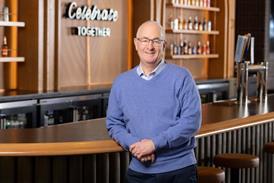



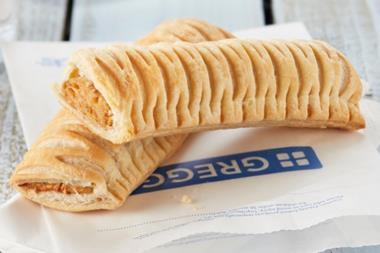

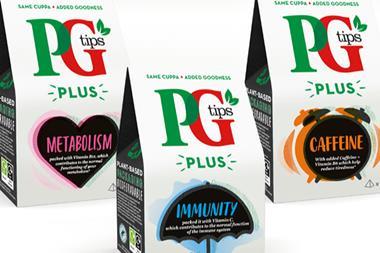
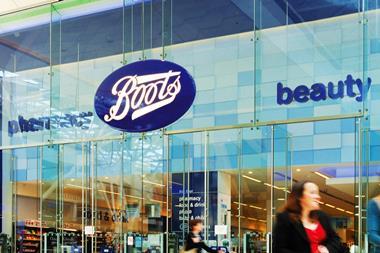
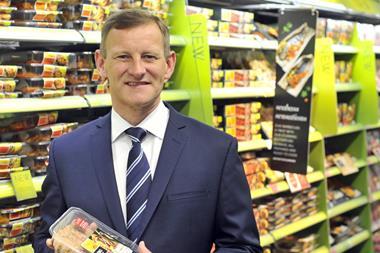



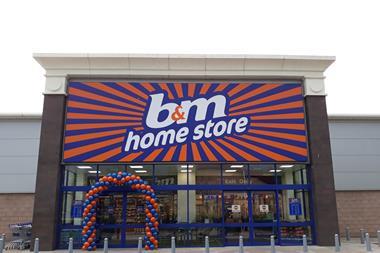



No comments yet